Which type of flour should I use for cakes? How about cookies? Biscuits? What’s the difference between bleached and unbleached flours?
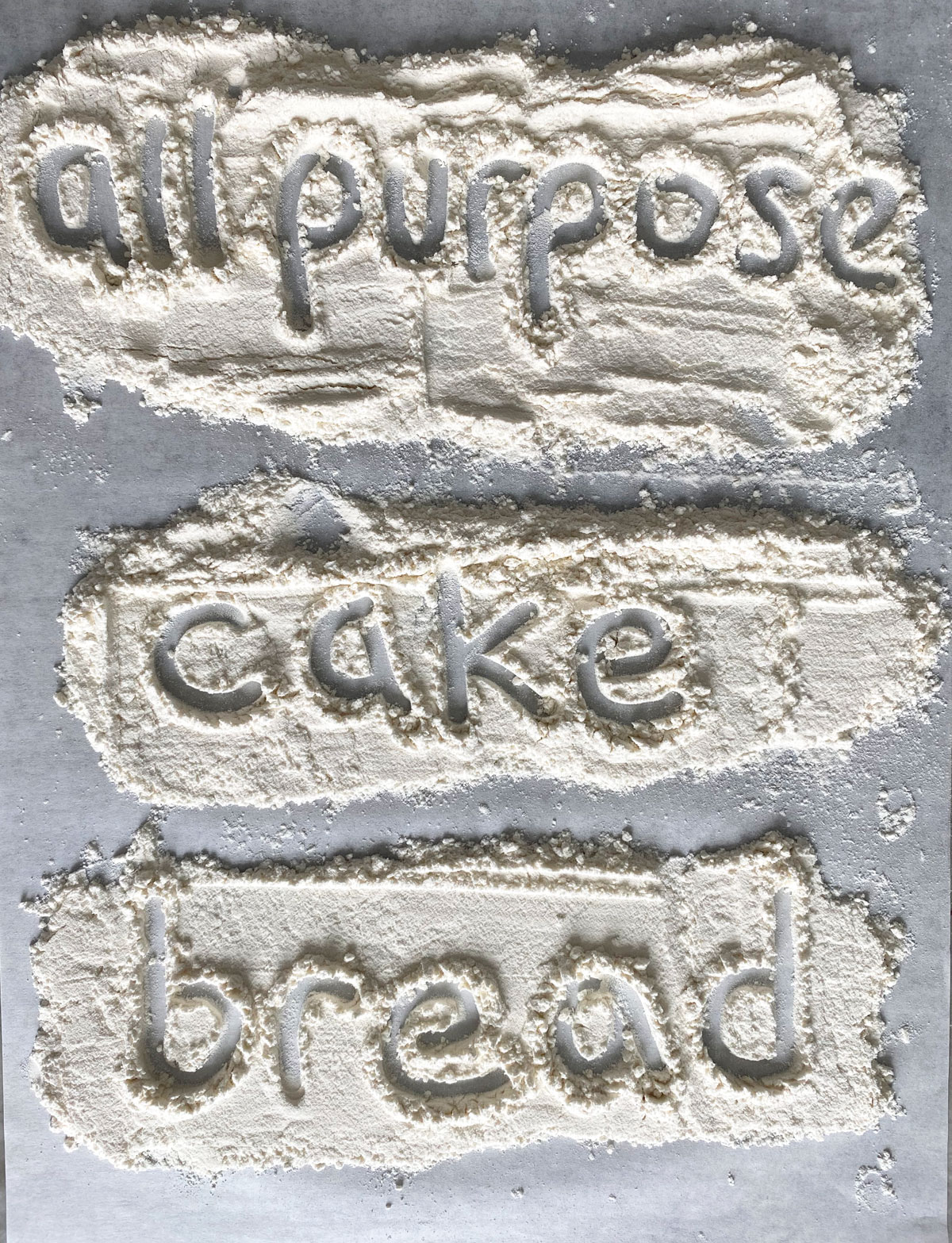
These are common questions for many first time bakers! There’s a lot to say about different flours but this post should cover some basics of the more commonly used flours. Specifically, what’s the difference between Bread flour vs. Cake flour vs. All Purpose flour?
The defining characteristic between all purpose flour, cake flour, and bread flour, is in the amount of gluten. Gluten is a mix of flour proteins that provide much of the structure in baked goods. Typically, more gluten means more chewiness.
You can control the amount of gluten in your baked goods by your choice of flour, moisture content, and amount of manipulation and kneading. Kneading and mixing your dough creates a stronger gluten network, allowing it to stretch and hold shape.
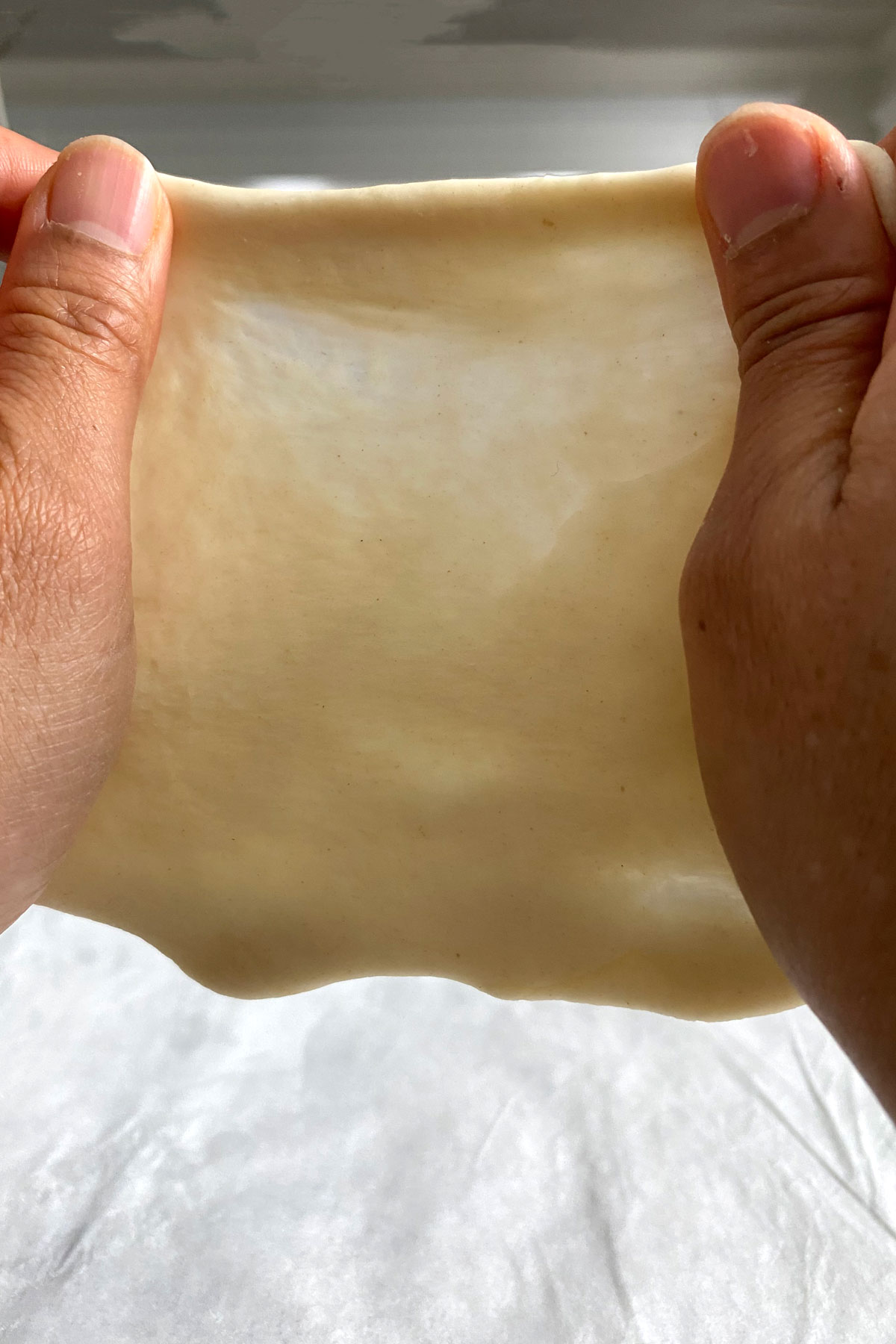
Gluten also becomes more activated in a dough with the addition of water. When they encounter water, these proteins react to form complex networks that form the structure of the baked good.
Bread Flour
Of the three flours mentioned, bread flour contains the most protein content. Using bread flour therefore creates baked goods with the chewiest texture. This makes bread flour ideal for making yeasted breads, bagels, and even pate choux dough which is used in profiteroles and eclairs.
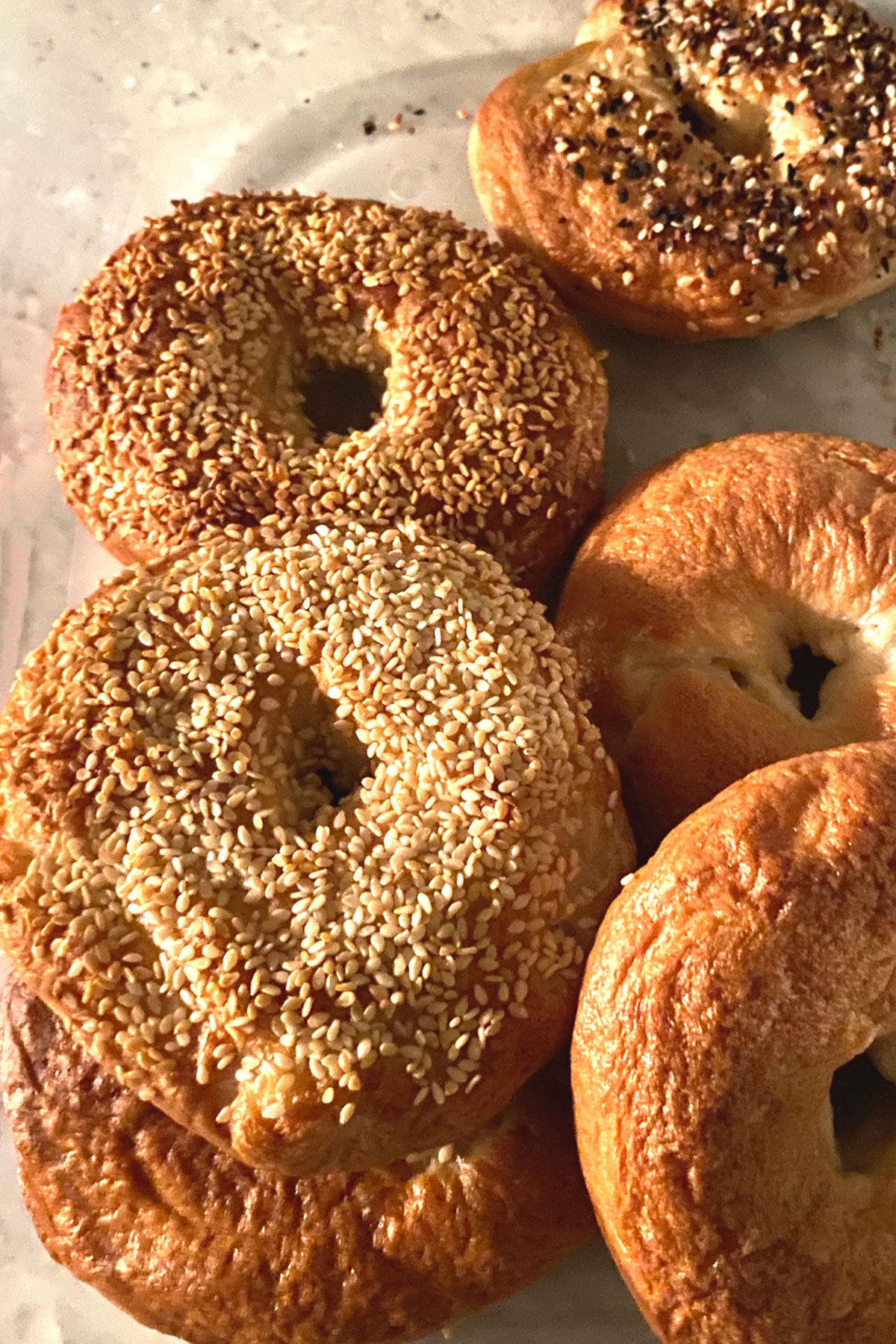
Eclairs do not become chewy because of their high egg content. Instead the bread flour gives it a sturdier structure and shape to allow for fillings, often making it a preferred choice.
All Purpose Flour
All purpose flour, as the name suggests, can be used for a variety of baked goods. Its protein content sits right in the middle when compared to bread flour and cake flour. It’s ideal for making cakes, pancakes, and cookies.
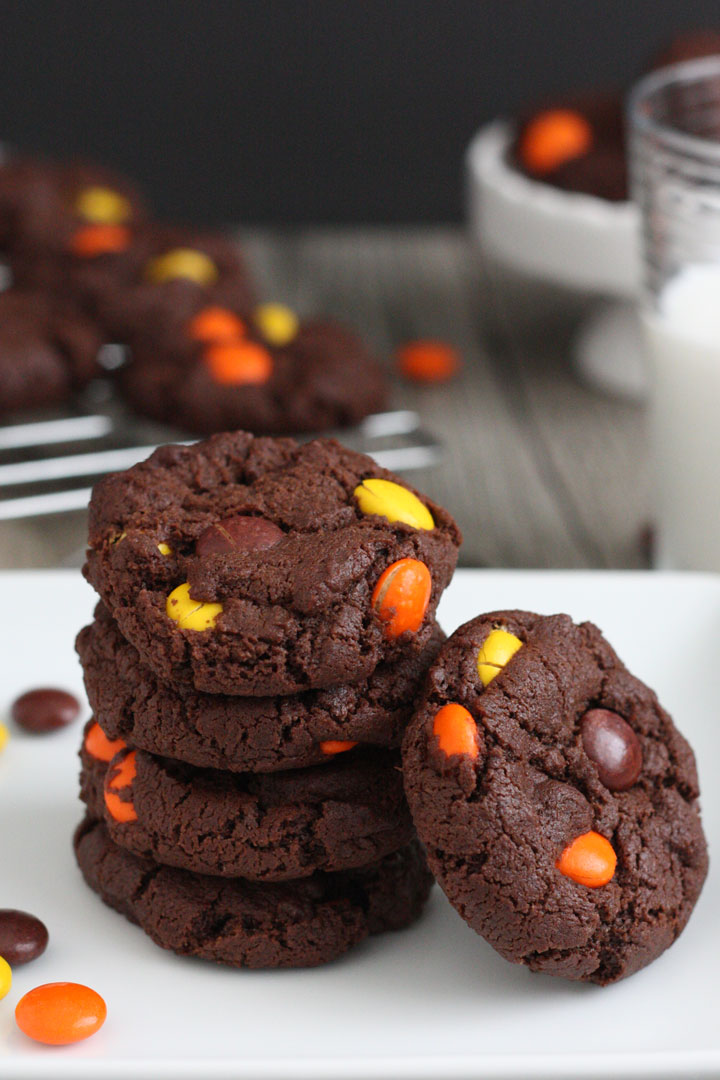
Unbleached flour vs. Bleached flour. Should I buy bleached or unbleached all purpose flour? Bleached flour is treated with chemicals to speed up the aging of the flour and to give it a whiter color. Aged flour creates better baking results by increasing gluten development. Personally I see minimal differences in the result and always use unbleached flour as it is not chemically processed.
All Purpose Flour vs. Bread Flour. Can I use all purpose flour for making bread? The short answer is yes. Depending on what type of bread you are making, you may or may not notice a difference in shape or crumb. Also, you may have to slightly alter the amount of either your water (add less) or flour (add more) going into the bread since bread flour usually requires more water.
All Purpose Flour vs. Cake Flour. My recipe calls for cake flour? Can I use all purpose flour instead? Yes. Keep reading to see why people use cake flour to begin with and how to substitute.
Cake Flour
Cake flour contains the least amount of protein. They make the most tender baked goods. It is a superfine flour allowing it to absorb a lot of moisture. More water creates a taller rise and therefore a fluffier, softer cake. So anytime you want a light airy texture like the one in this orange layer cake, go for cake flour. Do not try to use it for bread because the bread will not rise.
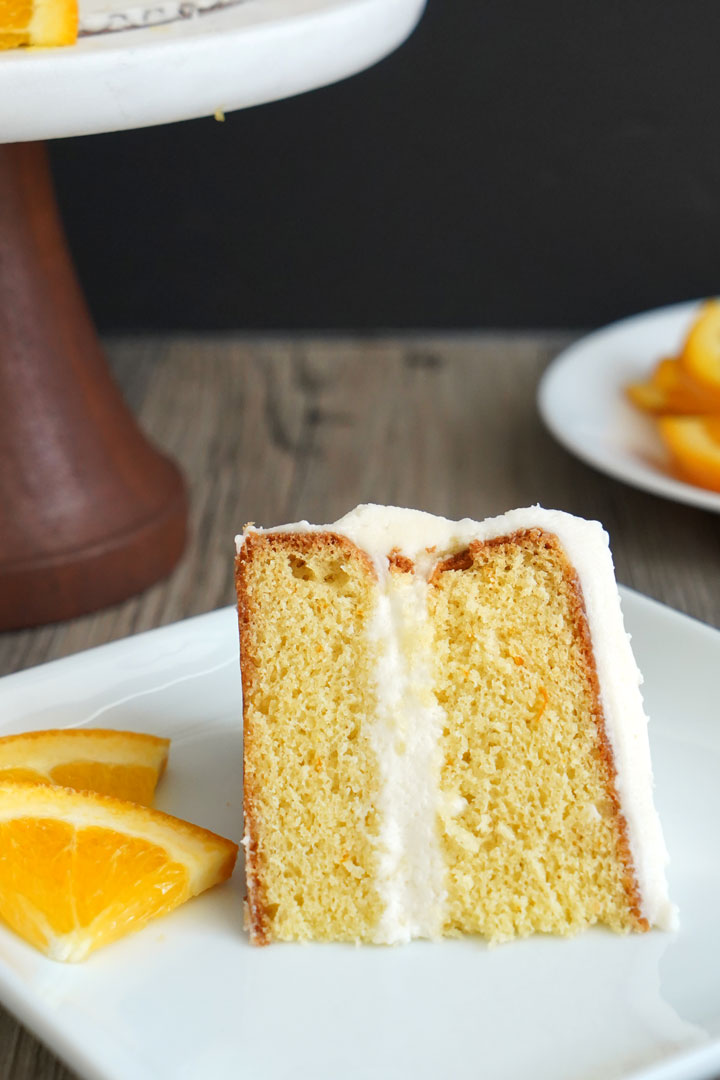
Cake flour substitute. To substitute all purpose flour for cake flour, for every cup of all purpose flour, remove 2 tablespoons of all purpose flour and replace it with 2 Tablespoons of corn starch. This will dilute the amount of protein in the flour.
Hopefully this has given you a better understanding of the different common flours. This is just a guide but always run your own experiments...you never know what you might discover!



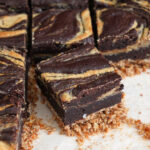



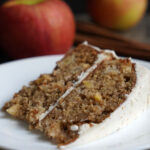

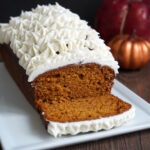

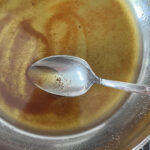
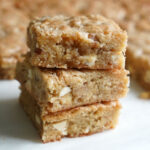

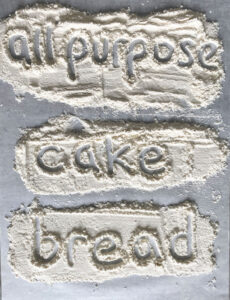
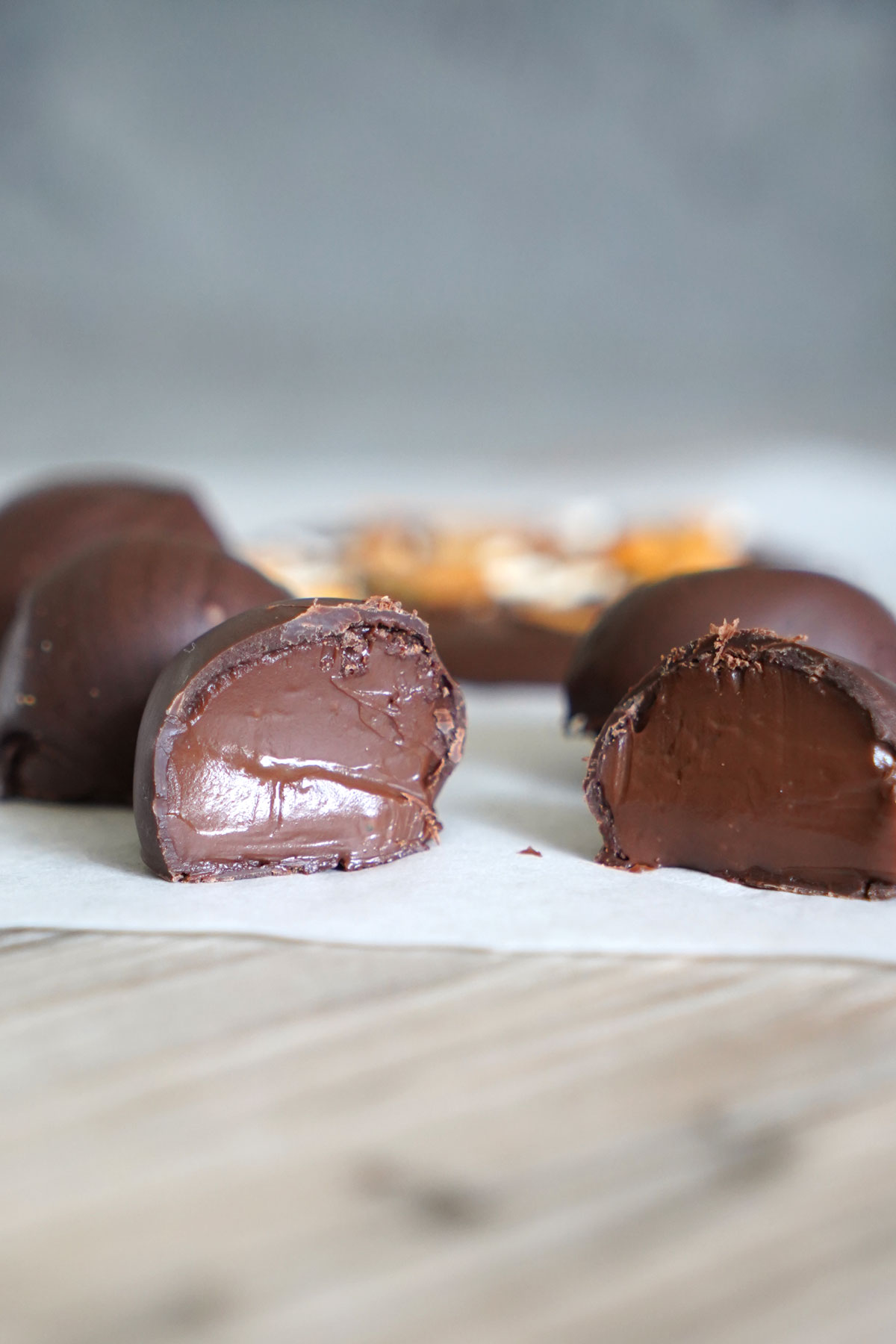
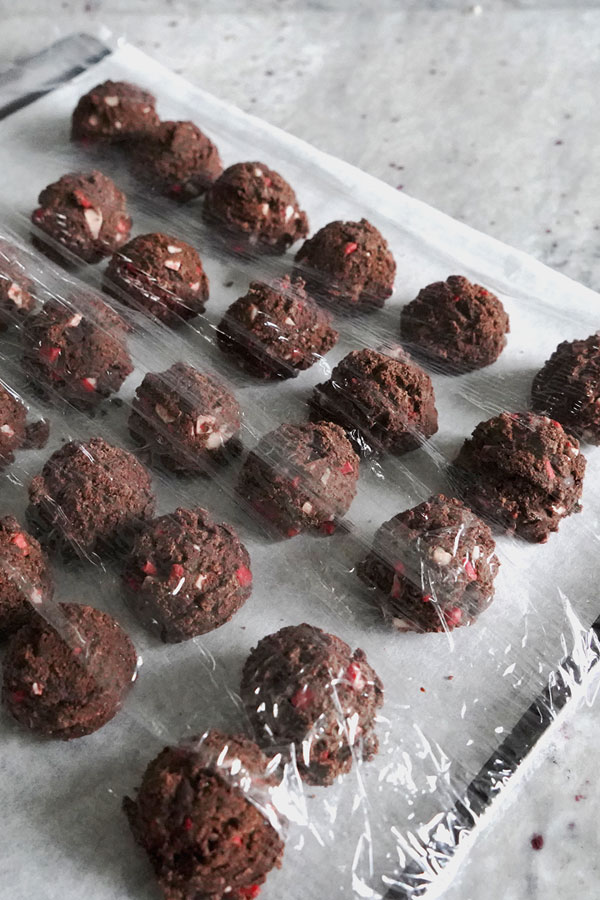

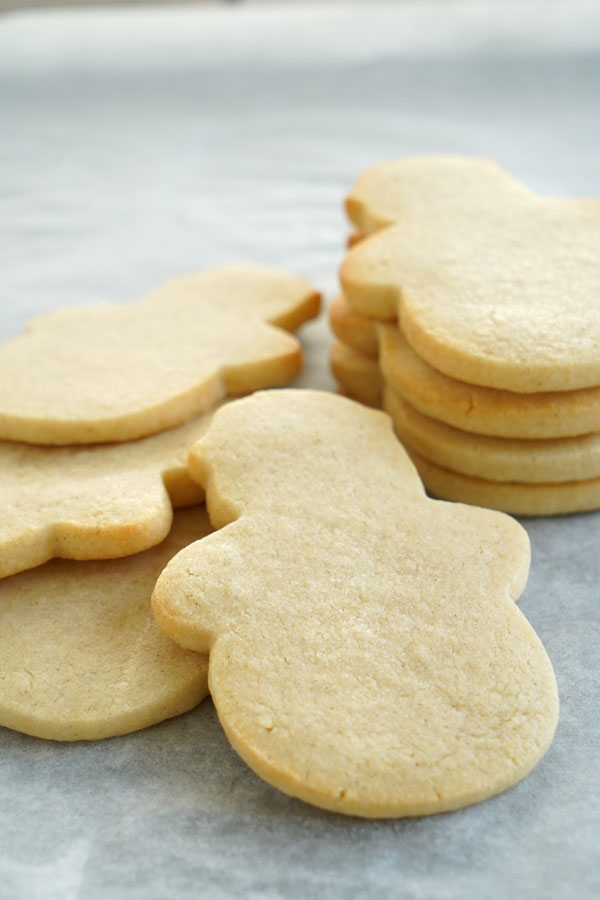
Comments
No Comments